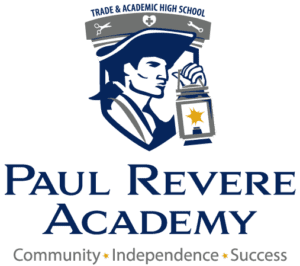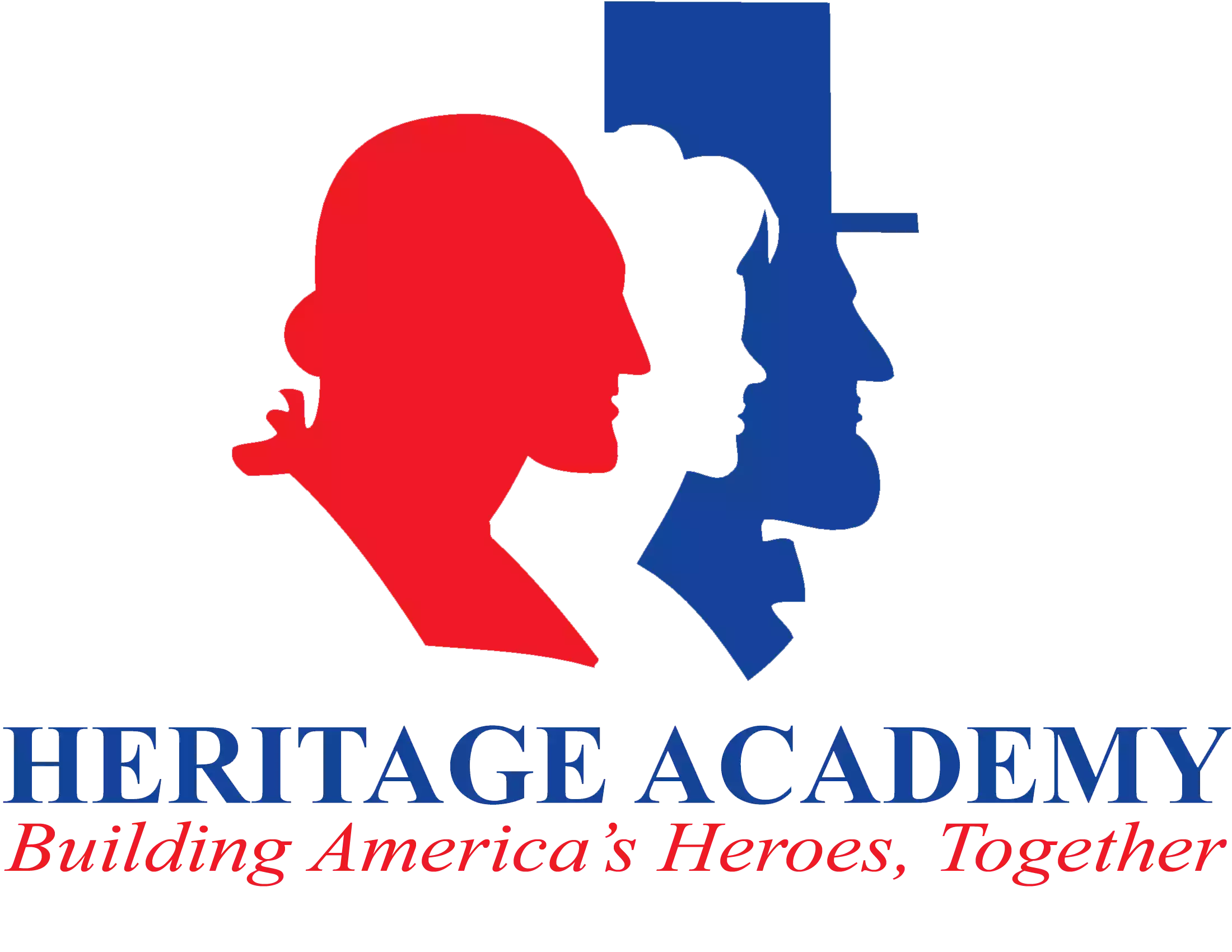
The Power of Science Education in Shaping Critical Thinkers
In education, few subjects hold as much transformative potential as science. This week on American Classroom, we had the privilege of diving deep into the world of science education with Jeff Burrell, a master teacher of 30-years.
Jeff's approach to teaching science goes beyond mere facts and figures. He has dedicated his career to igniting curiosity, fostering critical thinking, and nurturing problem-solving skills in his students. Through innovative methods, particularly in robotics, Jeff has created a learning environment where students don't just memorize scientific concepts – they live them.
We'll be exploring Jeff's unique teaching methods, looking into the importance of developing questioning skills, and uncovering how hands-on experiences in science class can shape future innovators.
Cultivating Curiosity in the Classroom
One of the cornerstones of Jeff Burrell's teaching is the art of questioning. Cultivating curiosity in students is not about providing answers, but about teaching them how to ask the right questions.
Jeff's starts by challenging common misconceptions. He guides them to question their assumptions and leads them to a more profound understanding of new concepts.
This method of questioning extends beyond simple facts. Jeff encourages his students to question everything, from the way sandwich crusts are cut to the mechanics of the universe. By doing so, he's not just teaching science; he's teaching students how to think critically about the world around them.
Testing Hypotheses
Once students learn to ask questions, the next step is teaching them how to test their hypotheses. This is where Jeff's creativity truly shines, as he transforms everyday activities into scientific experiments.
One of Jeff's favorite exercises involves instructing students to write directions for making a peanut butter and jelly sandwich. While it seems simple, students quickly realize the complexity of breaking down a familiar task into precise, step-by-step instructions. This exercise serves as a precursor to more complex tasks, like programming robots, teaching students the importance of clear, logical thinking.
In his robotics class, students apply these skills to build and program machines. They learn that each instruction, each line of code, is a hypothesis to be tested. When things don't work as expected, students are encouraged to analyze, adjust, and try again. This iterative process mirrors the scientific method and prepares students for real-world problem-solving.
Inspiring Critical Thinking Beyond the Classroom
Jeff Burrell's impact extends far beyond the confines of his classroom. His goal is not just to teach science, but to instill a mindset of critical thinking that students can apply in all aspects of their lives by connecting scientific concepts to everyday experiences.
For instance, he suggests that understanding Newton's laws of motion should be a prerequisite for getting a driver's license. This approach helps students see the relevance of what they're learning and how it applies to real-world situations.
Jeff encourages students to question established "facts." He uses the example of Pluto's classification as a planet to illustrate how scientific understanding evolves. By doing so, he teaches students that knowledge is not static and that critical thinking is a lifelong skill.
Hands-On Learning
One of the most impactful aspects of Jeff's teaching style is his emphasis on hands-on learning experiences. He believes that true understanding comes not just from reading about concepts, but from experiencing them firsthand.
In Jeff's classroom, students don't just learn about physics; they drop objects through laser gates to measure gravity's acceleration. They don't just study robotics; they build robots and compete in challenges. These experiences create "aha" moments that stick with students long after they leave the classroom.
Former students of his have gone on to work on Mars rovers or develop cutting-edge computer chips. These success stories are a testament to the lasting impact of hands-on, experiential learning in science education.
The importance of hands-on learning in science education:
- Enhances understanding of abstract concepts
- Develops problem-solving skills
- Encourages creativity and innovation
- Builds confidence in scientific abilities
- Creates memorable learning experiences
- Prepares students for real-world applications of science
Inspiring the Next Generation of Critical Thinkers
Jeff Burrell's approach to science education is more than just a teaching method; it's a philosophy that has the power to shape the next generation of innovators, problem-solvers, and critical thinkers. As educators, parents, or simply as members of society, we all have a role to play in fostering this kind of thinking in young minds.
So, how can we inspire critical thinking in the students around us? We can all contribute to creating a more scientifically literate, critically thinking society. And who knows? The next great scientific breakthrough might just come from a student inspired by a teacher who taught them not just what to think, but how to think.
If you want to learn more about the American Classroom podcast, please visit AmericanClassroom.Show.







Comments